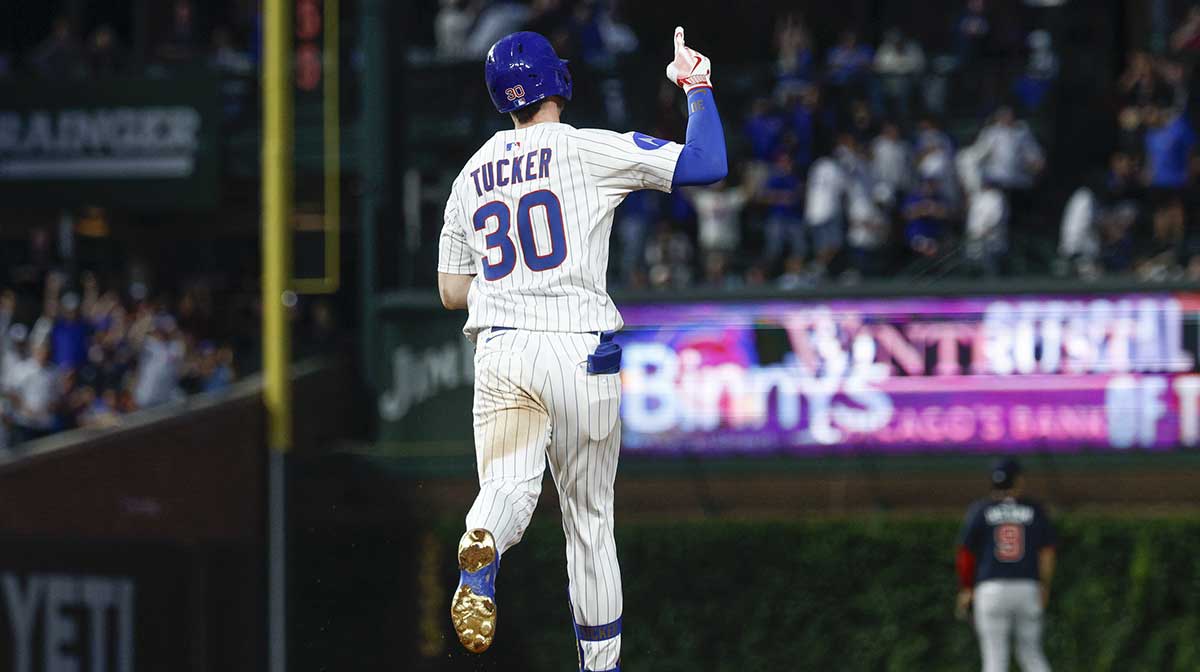This winter, Kyle Tucker’s free agency is shaping up to be the storyline, and the comps getting tossed around tell you why. Evaluators see a star in his prime who hits, runs and defends at an elite level, with one prominent comparison pointing to Mookie Betts — not because their games are identical, but because of the sustained, across-the-board impact they bring.
Betts signed a 12-year, $365 million pact entering his age-28 season; Tucker hits the market at a similar age and with a résumé that’s tracked at least 4.0 fWAR every year since 2021. The expectation, per league chatter, is a contract in the $400 million neighborhood, with multiple big-market clubs positioned to pounce.
Two teams loom as especially logical suitors if Tucker reaches the open market: the Phillies and Giants. Philadelphia needs a thunderous corner-outfield bat to deepen a lineup geared for October runs. San Francisco, after investing heavily to add middle-order thump around Rafael Devers, still profiles as a fit for another superstar bat to tilt tight games at Oracle Park. Both clubs can match financial muscle with clear on-field need — the exact recipe that drives mega-deals.
Kyle Tucker is primed to get paid this offseason

The Cubs, of course, will be in the room. They paid a premium to trade for Tucker last winter and, at various points this year, watched him look every bit like the class’s headliner. Through the end of June, he carried a .931 OPS with 17 homers and 20 steals, the kind of first-half that anchors an MVP ballot.
Then came a rough July/August stretch, explained in part by a hairline fracture to his right hand suffered in June. Chicago gave him a three-game reset, and while the slump dented midseason projections, the industry hasn’t flinched on his top-of-market standing. As one roundup put it, Tucker remains “the best and most well-rounded player on the free-agent market this winter,” and that label tends to find its price.
There’s a broader economic wrinkle hovering over the class: front offices are gaming out how 2026-27 labor uncertainty might influence this winter’s spending. In 2020-21 — the last offseason before a CBA expiration — clubs tightened early. Even so, genuine superstars tend to be recession-proof. Tucker’s age, durability track (outside the finger issue), and two-way value make him precisely the type of player whose market coalesces regardless of macro jitters.
Expect the dance card to be crowded. The Cubs will try to keep their centerpiece. The Phillies can credibly argue he’s their missing piece. The Giants have both the need and the appetite to add another tent-pole star. And with a Betts-level comp floating around his file, Tucker’s case is as straightforward as it is expensive: players who affect every inning — at the plate, on the bases and in the field — don’t hit free agency often. When they do, the market finds them.



















